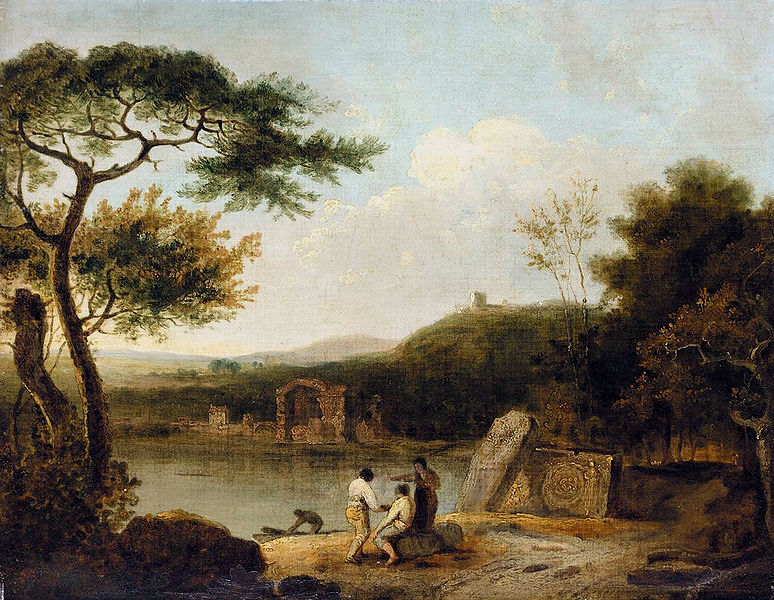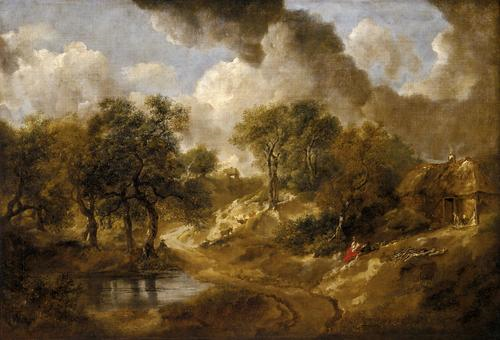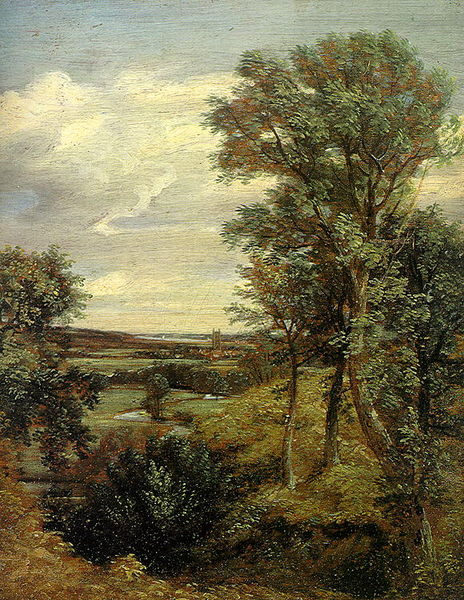
- •I ntroduction
- •1.1. The arts
- •1.2. What is art?
- •What is art?
- •1.3. Revision
- •2.1. Man and music
- •2.2. Understanding music
- •Understanding music
- •2.3. Describing music
- •2.4. Describing a music event
- •A Feast of Russian Arts
- •2.5. Mozart’s don giovanni opens in prague
- •Mozart’s don giovanni opens in prague
- •2.6. The story of jazz
- •The story of jazz
- •2.7. Revision
- •3.1. Describing a painting
- •3.2. British landscape painters
- •3.3. Landscape painting
- •Landscape painting
- •3.4. Impressions of light
- •3.5. Édouard manet
- •Édouard Manet – not just an impression
- •3.6. Modern art
- •Adapted from Wikipedia, the free encyclopedia
- •3.8. American pop art painters
- •3.9. Revision
- •4. Check yourself
- •Writing a formal letter
- •Ways of salutation
- •Ways of closing a formal letter
- •Reviewing songs and music
- •Writing a film review
- •Understanding the task
- •Word formation
- •Structuring a review
- •Intensifying adverbs
- •Words that go together
- •Link words
- •Planning
- •Writing
- •Checking
- •Reviewing a song
3.3. Landscape painting
Task 1. Search the Internet and find the necessary information to help you match the painters with their achievements and works.
|
|
__________. Royal Gardener John Rose and King Charles II. 1675. |
__________. Robert Clive and his family with an Indian maid. 1765. |
_________. George II at Dettingen. |
__________. Lake Avernus I. 1765. |
__________. The Reckoning. |
_________. Foxhunting in Wooded Country.1720-30. |
__________. The Shipwreck of the Minotaur. |
__________. Caernarvon Castle. |
__________. Landscape in Suffolk. 1748. |
__________. Dedham Vale. 1802. |
Task 2. Read the text and note additional information about the painters in Task 1.
Landscape painting
During the 17th century what Edward Norgate in 1649 called that harmless and honest Recreation which “diverts and lightens the mind” emerged as a genre; and while by the end of the century it was still a relatively minor one, an increasing number of references in literature, stage scenery and designs for tapestry, plus developments in the manner of painting landscape, indicate its growing popularity.
The genre was dominated by Flemish and Dutch artists. The early paintings of Tillemans incorporate a panoramic sweep of the English countryside with a foreground of sporting and hunting activities. In 1660 Hendrick Danckerts was producing large-scale decorative landscapes for Charles II and James II and other collectors. Many of these landscapes were produced as overdoors and overmantels.
In the 18th century landscape painting initially continued to be divided into 2 main branches. One, the topographical, included the delineation of estates and country houses, while the other, the ‘ideal’, tended to be purely decorative, but was increasingly expected to carry some notion of an 'idea' above mere reality, usually referring to classical antiquity and literature.
As Britain had no 17th century tradition of her own to build on, the main impulses in both branches continued to come from abroad, and the first stirrings of a native school were timid, imitative and sporadic.
Writing in 1743, Vertue could name only 4 native-born landscape painters, of whom only 2, Wootton and Lambert, had any lasting influence. Wootton's main achievement lay in the field of sporting art and Lambert's in scenery painting, but both applied themselves with equal success to the topographical and the classical modes, and did well enough without having to resort to the more lucrative business of ‘face-painting’.
‘Ideal’ landscape continued for some time along the path of superficial imitation of Claude, Poussin and Gaspard, best exemplified by George Smith of Chichester (1714-76) and his brothers, but the first British painter to develop a real understanding of its intellectual and poetic potential was Wilson after his arrival in Italy in 1750. He returned to London in 1757 with an enhanced conception of landscape painting which paralleled Reynold's intellectualization of British portraiture and was in tune with the growing self-awareness of the artistic community in general. The reinterpretation of classical rules in a modem idiom led to looking at reality afresh, and it is significant that Wilson's pupil Thomas Jones sketched in the 1770s and 1780s some of the most intensely perceived views of Italy and Britain of the period. Wilson's own late British views ennobled native landscape with a poetic awareness that would not have been possible without an understanding of the old masters. At the same time, they are the acknowledged origin of the dynamic developments in naturalistic landscape of the 19th century.
Gainsborough's gentle rusticity can be seen more justly as the ancestor of the bucolic scenes of Morland and the breezy views of Ibbetson and his ilk. It is in some ways also the precursor of Constable's contemplative but intense observation of the English countryside, which, along with Turner's precocious genius and the explosive development of the British Water-Colour school, transcended the original conventions of the 18 century. The 19th century began with great achievements. In the early decades Constable and Turner established landscape unequivocally as an elevated genre, yet also brought to the fore its descriptive possibilities. Watercolour became a genre in its own right, and landscape became the focus for regional schools, especially Norwich and Bristol. A classical mood and structure persists, however, in different forms in the work of all the major painters, even Constable. Though outdoor painting became popular, it almost always represented a stage in the painting process rather than an end in itself.
Task 3. Answer the questions on the text:
When did landscape painting emerge as a genre?
Who dominated the genre at that time?
What did painters of the 17th century usually paint?
How did landscape painting develop in the 18th century?
Name the most prominent British landscape painters and their achievements.
Task 4. Paraphrase the underlined vocabulary units in the text in the written form. Make up 5 fresh-context sentences with the word combinations you like most.
Task 5. Write a summary of the text “Landscape painting”.
SPEAKING
Task 6. Describing your favourite landscape painting.
Prepare a presentation of your favourite landscape painting. Follow the plan below. Remember to use active vocabulary of the unit.
Name the painting and the painter.
What do you see in this painting?
Where do you think this is?
What kind of mood or feeling does the painting convey?
What colours are used? How does the colour express a feeling or meaning? Is there any correlation between the choice of colours and the mood they project? Why or why not? Consider colours used and mood of the paintings.
What purposes do the objects serve in the composition?
How are the lines expressive in the painting?
Is there repetition of line or shape or colour? What effect does it have?
Does the painting accurately portray life?
What would happen to the mood and meaning of the painting if the colour scheme, the arrangement of the objects or shapes were changed?
How and where does your eye move around the picture? Why?
What feeling do you have after looking carefully at this painting? What gives you this feeling?
List the sounds and smells that you would experience in the settings of the painting?
Choose a piece of music that would be in harmony with this work.
Tell what you would experience walking through this painting.
WATCHING&SPEAKING










